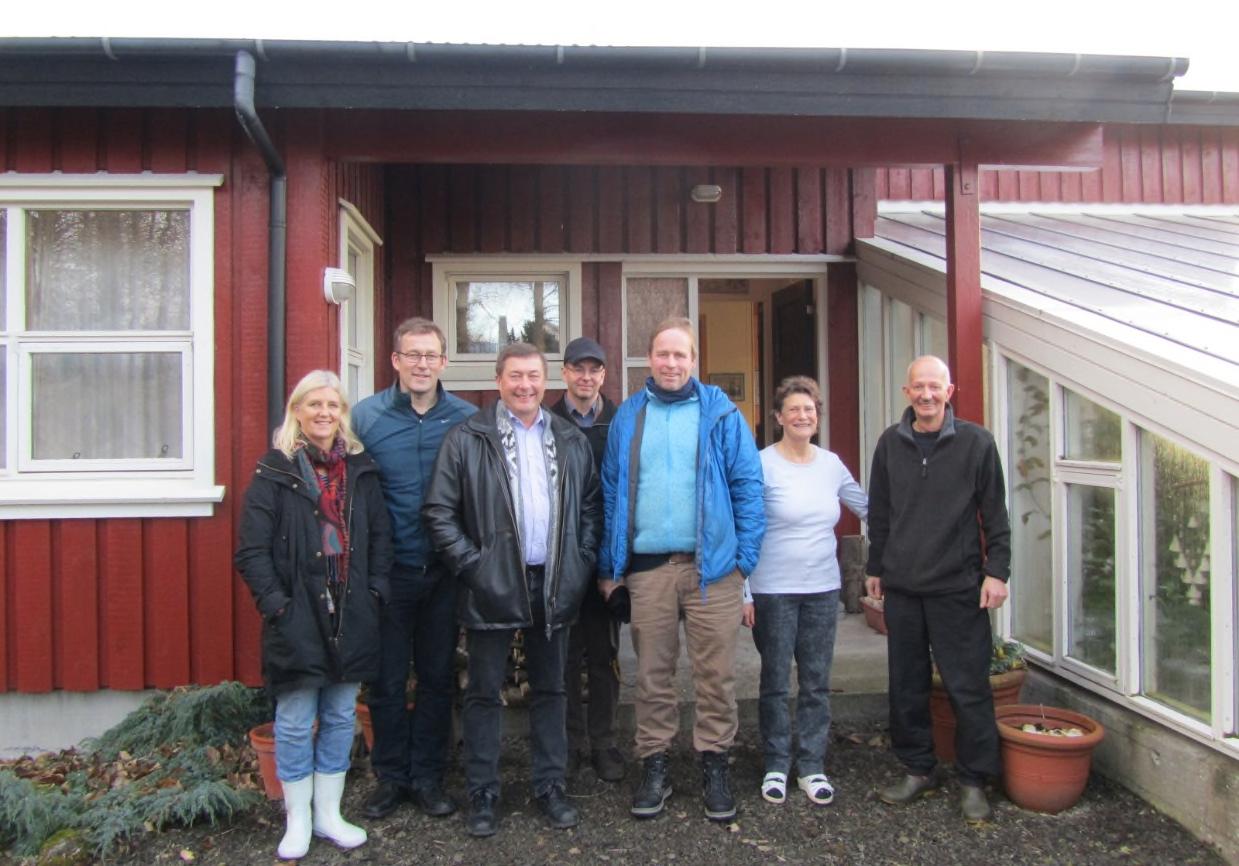
1 minute read
Administrative and marketing barriers of organic agriculture in the arctic
meat production with available data in Iceland for this report (Table 4). The conclusion was that there are no substantial qualitative differences between these systems.
Table 4. Ewes and lamb meat production in Iceland in 2013.
System Organic Conventional
Total Lambs Carcass Carcass scores
Ewes Lambs/ewe n kg/lamb muscle fat 1,700 1.56 2,000 15.4 8.2 6.3 440,000 1.61 518,000 16.0 8.6 6.4 441,700 520,000
Sheep production is not dependent on concentrated feed as milk production is and most of the feed is produced on the farms. Grazed feed is also a substantial part of the annual feed ration, even though preserved feed is usually the main feed. The winter feed is mostly baled wilted silage or hay obtained from mowed permanent or semi-permanent grass fields. The organic sheep farmer can only use organic fertilizer on the mowed grass fields, mainly the farm’s own sheep manure and certified compost. These fertilizers do not support high grass yields and the organic sheep farmer needs therefore bigger areas to mow and costlier management methods to secure winter feed for the herd than does the conventional sheep farmer. It is more important for the organic sheep farmer than the conventional farmer to incorporate clovers effectively in the grass fields and possibly to systematically rotate the fields between mowing, grazing and fallowing to maintain successive and acceptable yields on the farm.
A survey was made for this project of all certified organic sheep and dairy farmers in Iceland. They were asked what the main barriers to organic production were.
The organic sheep farmers replied: • No demand for this product. • Failures in marketing. • Lack of subsidies and higher premiums. • Prejudice against organic farming in the society. • The certification system is too expensive and too strict. • More research and professional help needed. • Too low yields from the fields – needs lot of space.
The organic dairy farmers replied: • Lack of certified fertilizers (mostly phosphorus but also nitrogen). • Too strict legislation and expensive certification system.
In a recent similar survey among organic horticultural farmers in Iceland the reply was: • Lack of interest in the community. • Lack of financial support. • Negative debate. • Academic hostility.
Surveys among organic farmers in Scandinavia have shown similar concerns.



